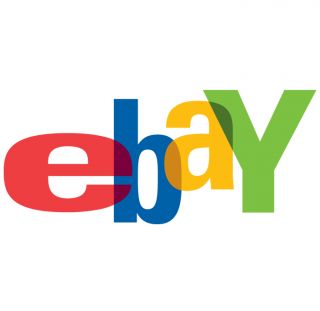We Quit Our Jobs And Are Building A $6.5K/Month Composting Business
Hello! Who are you and what business did you start?
We are Audrey & Rob Wynkoop - the husband and wife team behind the Worm Bucket Indoor Composting Kit. Rob is a 20-year veteran of the U.S. Marines who has always had a knack for entrepreneurial ideas.
We turned to backyard gardening during the pandemic to help us find a way to manage stress and we watched some youtube videos on raising worms for making our fertilizer. We looked at buying vs DIY setups and during that time Rob experimented with several different designs before coming up with our own unique bucket-style worm composter.
After much deliberation, Audrey quit her 14-year corporate job, sharpened her digital skills by building out a website, and launched our vermicomposting kit in June 2022.

Our beginner vermicomposting kit allows you to turn your food waste into a beneficial soil amendment called Worm Castings, which plants and flowers love!

Download the report and join our email newsletter packed with business ideas and money-making opportunities, backed by real-life case studies.

Download the report and join our email newsletter packed with business ideas and money-making opportunities, backed by real-life case studies.

Download the report and join our email newsletter packed with business ideas and money-making opportunities, backed by real-life case studies.

Download the report and join our email newsletter packed with business ideas and money-making opportunities, backed by real-life case studies.

Download the report and join our email newsletter packed with business ideas and money-making opportunities, backed by real-life case studies.

Download the report and join our email newsletter packed with business ideas and money-making opportunities, backed by real-life case studies.

Download the report and join our email newsletter packed with business ideas and money-making opportunities, backed by real-life case studies.

Download the report and join our email newsletter packed with business ideas and money-making opportunities, backed by real-life case studies.









































